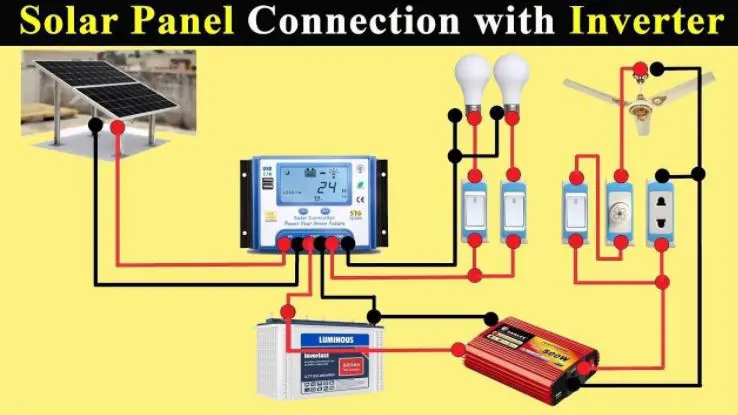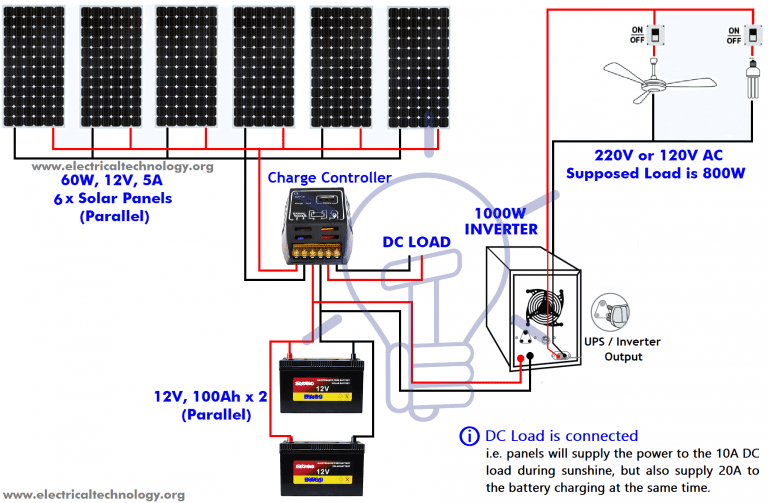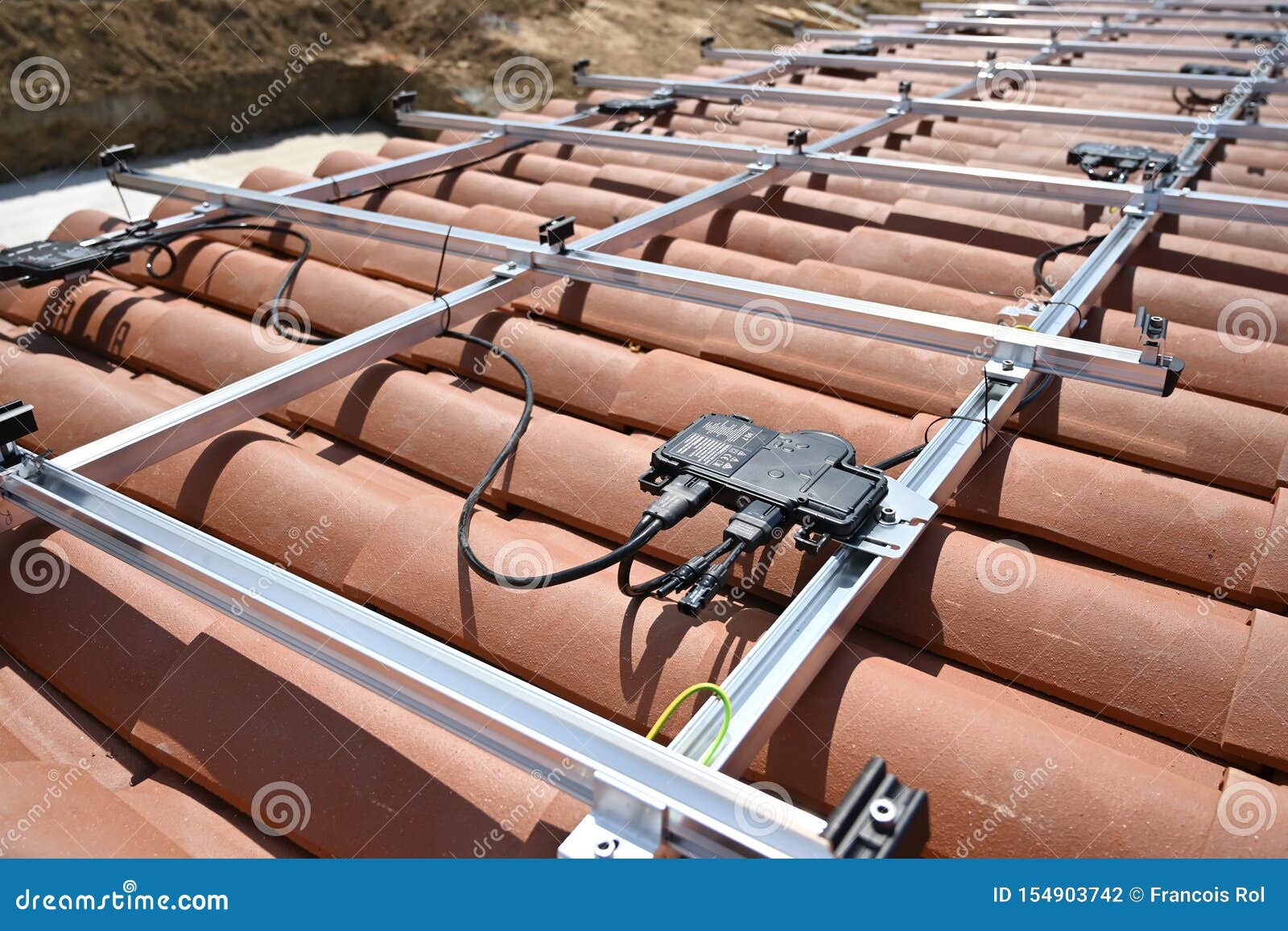What Wiring Is Needed To Install Solar Panels At Home?
“What wiring is needed to install solar panels at home?”
While installing solar panels can seem like a daunting task, understanding the wiring requirements is a crucial step in ensuring a safe and efficient installation. In this article, we will delve into the world of solar panel wiring, exploring the necessary components, wire sizing, and safety considerations to help you successfully install solar panels at home.
Understanding Solar Panel Systems
Before we dive into the wiring requirements, it’s essential to understand the basic components of a solar panel system. A typical solar panel system consists of:
- Solar Panels: Also known as photovoltaic (PV) panels, these are the panels that convert sunlight into electrical energy.
- Mounting System: This includes the racks, clamps, and other hardware used to secure the solar panels to the roof or ground.
- Inverter: The inverter converts the DC power generated by the solar panels into AC power, which is usable in the home.
- Charge Controller: This component regulates the flow of energy from the solar panels to the battery bank, if you have one.
- Battery Bank: This is an optional component that stores excess energy generated by the solar panels for later use.
- Electrical Panel: This is the main electrical panel that distributes power to the various circuits in the home.

Wiring Requirements
To install solar panels at home, you’ll need to ensure that your wiring meets the necessary safety and efficiency standards. The following components are required for a typical solar panel installation:
- Solar Panel Cables: These cables connect the solar panels to the inverter or charge controller. They are typically made of copper or aluminum and are designed to withstand outdoor conditions.
- Inverter Cables: These cables connect the inverter to the electrical panel. They must be sized to handle the maximum output of the inverter.
- Grounding Cables: These cables connect the solar panel system to the grounding system of the home, ensuring that the system is properly grounded and safe.
- AC and DC Disconnects: These are used to disconnect the solar panel system from the grid and the home’s electrical system for maintenance and safety purposes.
- Circuit Breakers or Fuses: These are used to protect the wiring and electrical components from overcurrent conditions.

Wire Sizing

Wire sizing is critical in a solar panel installation, as it ensures that the wiring can handle the maximum amount of current generated by the solar panels. The wire size will depend on the following factors:
- System Voltage: The voltage of the solar panel system, which can range from 12V to 600V.
- System Current: The maximum current output of the solar panels.
- Wire Length: The length of the wire run from the solar panels to the inverter or electrical panel.
- Ambient Temperature: The temperature of the environment in which the wire will be installed.
As a general rule, it’s recommended to use wire sizes that are at least 10% larger than the maximum current output of the solar panels. For example, if the solar panels produce a maximum of 30A, you would use wire that is rated for at least 33A.
Safety Considerations
Safety is a top priority when installing solar panels at home. The following safety considerations must be taken into account:
- Grounding: Ensure that the solar panel system is properly grounded to prevent electrical shock.
- Overcurrent Protection: Use circuit breakers or fuses to protect the wiring and electrical components from overcurrent conditions.
- Insulation: Use wire with adequate insulation to prevent electrical shock and ensure that the wire can withstand outdoor conditions.
- Labeling: Label all wires and components clearly to ensure that the system can be easily identified and maintained.
- Regular Maintenance: Regularly inspect and maintain the solar panel system to ensure that it continues to operate safely and efficiently.
Code Requirements
In the United States, the National Electric Code (NEC) outlines the requirements for solar panel installations. Some key code requirements include:
- Article 690: This article outlines the requirements for solar panel systems, including wiring, grounding, and overcurrent protection.
- Article 705: This article outlines the requirements for interconnected electrical power production sources, including solar panel systems.
- UL 1703: This standard outlines the requirements for flat-plate photovoltaic modules and panels.
Installation Best Practices
To ensure a safe and efficient installation, follow these best practices:
- Hire a Licensed Electrician: Solar panel installations can be complex and require specialized knowledge. Hire a licensed electrician with experience in solar panel installations.
- Use High-Quality Components: Use high-quality components, including wire, connectors, and electrical panels, to ensure that the system operates safely and efficiently.
- Follow Manufacturer Instructions: Follow the manufacturer’s instructions for all components, including solar panels, inverters, and electrical panels.
- Inspect and Test the System: Inspect and test the system regularly to ensure that it continues to operate safely and efficiently.
Conclusion
Installing solar panels at home can be a rewarding experience, but it requires careful planning and attention to detail. Understanding the wiring requirements is a crucial step in ensuring a safe and efficient installation. By following the guidelines outlined in this article, you can ensure that your solar panel system meets the necessary safety and efficiency standards. Remember to always hire a licensed electrician with experience in solar panel installations, use high-quality components, and follow manufacturer instructions to ensure a successful installation.
Additional Resources
For more information on solar panel installations, including wiring requirements and safety considerations, consult the following resources:
- National Electric Code (NEC): The NEC outlines the requirements for electrical installations, including solar panel systems.
- UL 1703: This standard outlines the requirements for flat-plate photovoltaic modules and panels.
- National Renewable Energy Laboratory (NREL): NREL provides a wealth of information on solar panel installations, including wiring requirements and safety considerations.
- Solar Energy Industries Association (SEIA): SEIA provides information on solar panel installations, including wiring requirements and safety considerations.
By following the guidelines outlined in this article and consulting the resources listed above, you can ensure a safe and efficient solar panel installation that meets your energy needs and reduces your carbon footprint.
